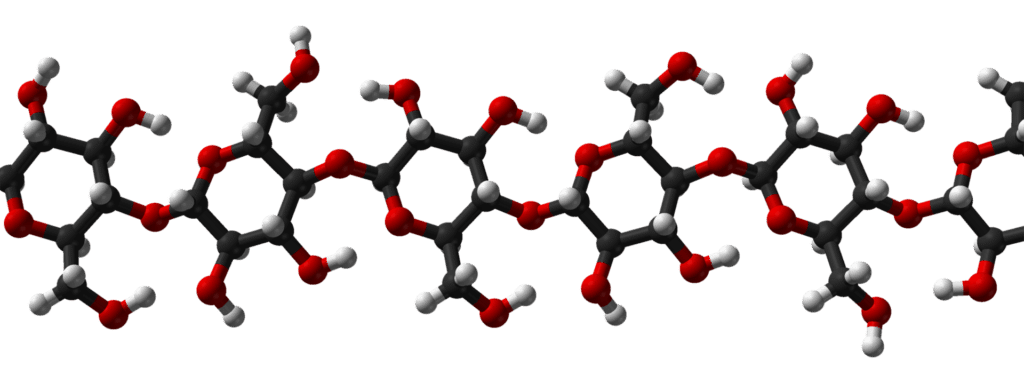Eukaryotic cell differ in several ways from prokaryotic cell, some of the major difference between prokaryotic and eukaryotic cell are discussed below:
Key Difference Between Prokaryotic and Eukaryotic Cell
- Eukaryotic cells possess a true nucleus, encased in a double membrane, while prokaryotic cells lack a nucleus and represent the most primitive and earliest forms of life.
- Eukaryotic DNA is linear, whereas prokaryotic DNA is circular and does not have ends.
- Eukaryotic DNA is complex and associated with proteins known as histones, organized into chromosomes, while prokaryotic DNA is simpler, “naked,” lacking histones, and is not arranged into chromosomes.
- Eukaryotic cells contain multiple chromosomes, whereas prokaryotic cells have a single circular DNA molecule along with smaller circles of DNA called plasmids. The simpler prokaryotic cells require fewer genes to function compared to eukaryotic cells.
- Eukaryotic cells contain many ribosomes (80S), which are more complex than those found in prokaryotic cells (70S, based on sedimentation constants).
- Eukaryotic ribosomes consist of five types of rRNA and about eighty different proteins, while prokaryotic ribosomes are made up of only three types of rRNA and around fifty proteins.
- Eukaryotic cells may have a plasma membrane and, in some cases, a cell wall in addition to the plasma membrane, while prokaryotic cells possess a plasma membrane and a bacterial cell wall.
- Eukaryotic cells are generally larger, while prokaryotic cells are smaller and lack membrane-bound organelles, whereas eukaryotic cells contain various organelles enclosed by membranes.
- Eukaryotic cells reproduce sexually through meiosis, while prokaryotic cells do not undergo meiosis and reproduce asexually through the transfer of DNA fragments via conjugation, often using plasmids. Eukaryotic cells possess a sophisticated cytoskeletal structure, while prokaryotic cells have a rudimentary cytoskeleton or may not have one at all.
Prokaryotic Cell
Prokaryotic cells are very minute primitive type of cells, lacking true nucleus and membrane-bound organelles.

- Prokaryotic cells are the simplest and typically small in size (1-10 µm).
- They have a single envelope system and, as suggested by their name, possess a primitive form of the nucleus.
- Cells contain a central nuclear region, often called the nucleoid, which houses essential biomolecules like nuclear proteins and DNA.
- Neither the nuclear material nor respiratory enzymes are enclosed within membranes.
- Instead, enzymes may attach to the inner surface of the plasma membrane.
- These types of cells lack distinct cytoplasmic organelles such as the endoplasmic reticulum, mitochondria, centrioles, and Golgi bodies.
- Reproduction typically occurs vegetatively, with binary fission and budding being common methods in prokaryotes.
- Sexual reproduction is generally absent, but when present, it involves one-way gene transfer from a donor to a recipient.
- Nutrition is primarily through absorption, although some blue-green algae can produce their own food due to the presence of photosynthetic pigments.
Eukaryotic Cell
Eukaryotic cells are those cells which contain well-defined nucleus (true nucleus) and membrane-bound organelles.

- Eukaryotic cell is consist of true nucleus and is surrounded by a double membrane layer.
- Nuclear DNA is linear and is associated with proteins, while extra nuclear DNA is present without proteins.
- Cytoplasm consist of organelles like centrosomes, endoplasmic reticulum, mitochondria, Golgi apparatus, microfilaments, intermediate filaments, microtubules and micro bodies.
- Eukaryotic cells exist in protists, fungi, plants, and animals.
- In multicellular organisms, cell numbers generally scale with body size.
- Cells can take on various shapes, including spherical, cuboidal, oval, disc-like, polygonal, columnar, spindle-shaped, or irregular.
- Most eukaryotic cells are microscopic, generally ranging from 10 to 100 µm in size.
- In eukaryotic cell, the process of meiosis, gamete formation and true fertilization occur in most cases of sexual reproduction.
Prokaryotic Cell vs Eukaryotic Cell – Difference Between Prokaryotic and Eukaryotic Cell
| Characteristics | Prokaryotic Cell | Eukaryotic Cell |
| Cell Size | Prokaryotic cells generally ranges from 1- 10 µm in linear dimension | Eukaryotic cells usually ranges from 5-100 µm in linear dimension |
| Cellular Organization | They have unicellular body organization | Mostly multicellular, few unicellular |
| Cell Division | It usually occur by binary fission | Cell division occurs by mitosis cell division |
| Cell Wall | Present and is composed of peptidoglycan, protein and lipids | Absent (in animal cell), present (in plant cell) and is composed of cellulose or chitin |
| Cell Membrane | Present but usually do not contain sterols | Present and contain sterols |
| Metabolism | Metabolism can occur anaerobically or aerobically | Metabolism usually occur aerobically |
| DNA | Circular DNA is present | Long and linear DNA is present |
| Membrane Bound Nucleus and Nucleolus | Membrane bound nucleus (true nucleus) is absent. | Membrane bound nucleus (true nucleus) is present |
| Plasmid (Extra Chromosomal DNA) | Extra chromosomal DNA is present | Extra chromosomal DNA is absent |
| Histones | Histone protein is absent | Histone protein is present |
| RNA and Proteins Synthesis | RNA and Proteins are synthesized in same compartment | RNA is synthesized in nucleus and protein in cytoplasm |
| Membrane Bound Cell Organelles | Membrane bound cell organelles are absent | Membrane bound cell organelles like mitochondria, golgi bogy, chloroplast, endoplasmic reticulum etc) are present |
| Ribosomes | Ribosomes are of 70S type | Ribosomes are of 80S type |
| Lysosomes | No lysosomes are present | Lysosomes are present |
| Locomotion | Consist of rotating flagella and occur gliding movement | Consist of undulating flagella and cillia and occur amoeboid movement |
| Pilli | Pilli are present | Pilli are absent |
| Site For Cellular Respiration | Cell membrane is the site for cellular respiration | Mitochondria are the site for cellular respiration |
| Sexual Reproduction | Usually absent, if present occurs by simple conjugation | Occurs by involving meiotic division |
| Examples | Bacteria and Archaea | Animal, Plant, Fungi and Protozoan |


